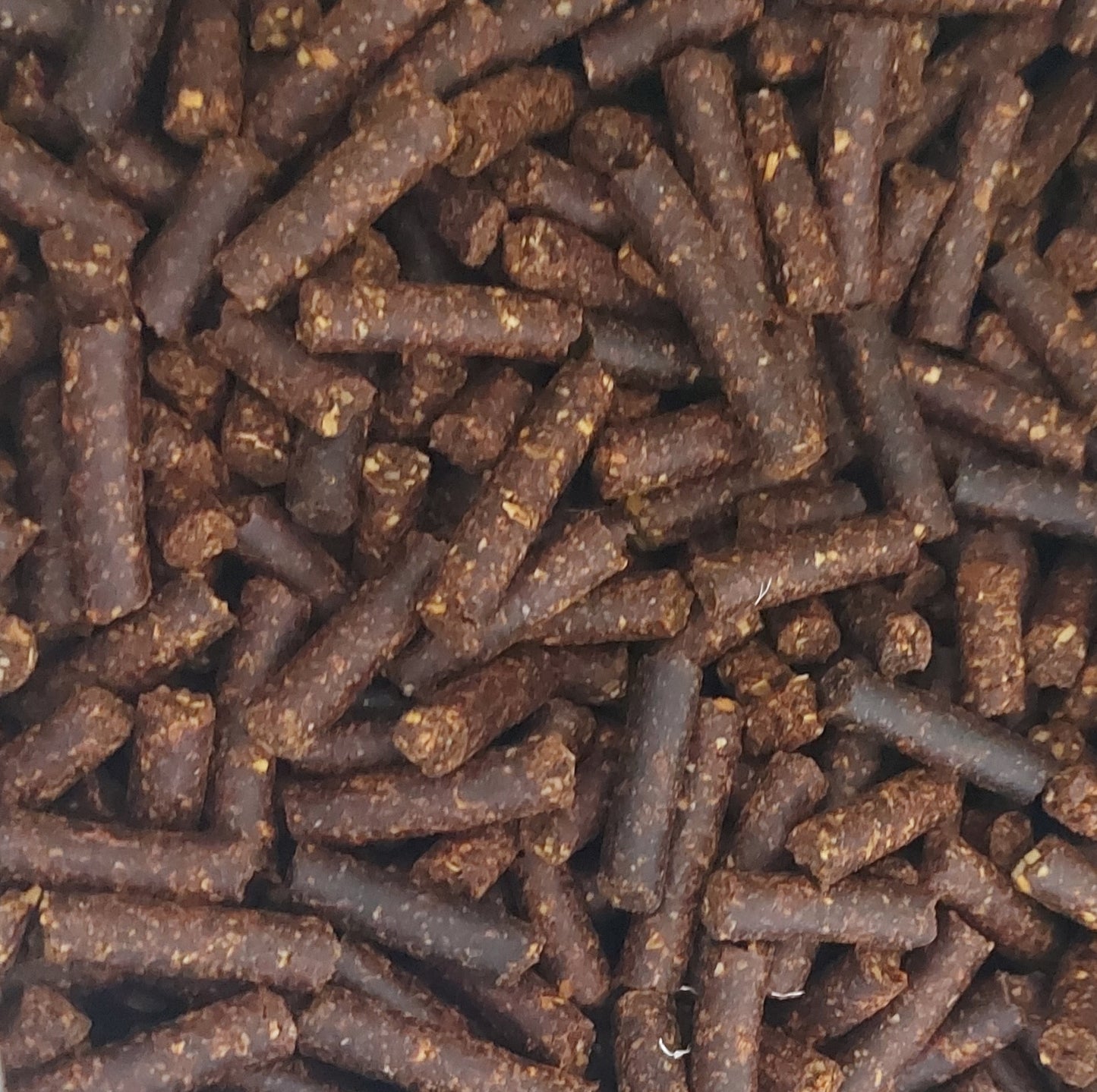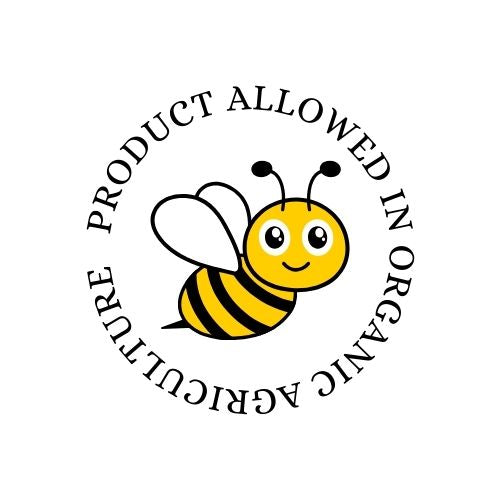Neem oil can be beneficial in improving growth and preventing pests on potatoes due to its natural antibacterial, fungicidal, and insecticidal properties.

When applied to potatoes, neem oil can assist in suppressing pests such as Colorado potato beetles, aphids, leafhoppers, and can aid in preventing various potato diseases like blight and other fungal infections. Neem oil can contribute to enhancing the growth of potatoes as it contains nutrients beneficial for plants. When applied to the soil, neem oil can help maintain healthy, nutrient-rich soil necessary for optimal potato growth.
The dosage of neem oil in potatoes depends on various factors such as soil type, growth stage, environmental conditions, pest infestation levels, and others. In general, the recommended concentration of neem oil for application on potatoes ranges from 0.5% to 2%. This means that 5 to 20 ml of neem oil should be mixed with each liter of water or other suitable dispersing agent. This should suffice for one application on an area of 10 square meters.
Neem oil has a broad spectrum of action and can aid in treating various diseases and pests attacking potatoes. Some issues that can be treated with neem oil include: • Colorado Potato Beetle: The Colorado potato beetle is a major pest of potatoes, and neem oil has proven effective in combating this insect. • Bacterial Diseases: Some bacterial diseases that can affect potatoes include potato soft rot, leaf blight, and blackleg. The use of neem oil can help manage these diseases. • Fungal Diseases: Fungal diseases such as rhizoctonia, late blight, and white mold can also impact potatoes. The application of neem oil can help prevent the spread of these diseases.
It's important to know that neem oil should not be used in excessively high concentrations, as it can damage plants. The dosage of neem oil on potatoes should follow the manufacturer's instructions, and application typically involves spraying the entire plant, especially the undersides of leaves. Additionally, it's crucial to ensure that neem oil is applied at the right time, considering the growth and developmental stage of the plants to achieve maximum effectiveness.









